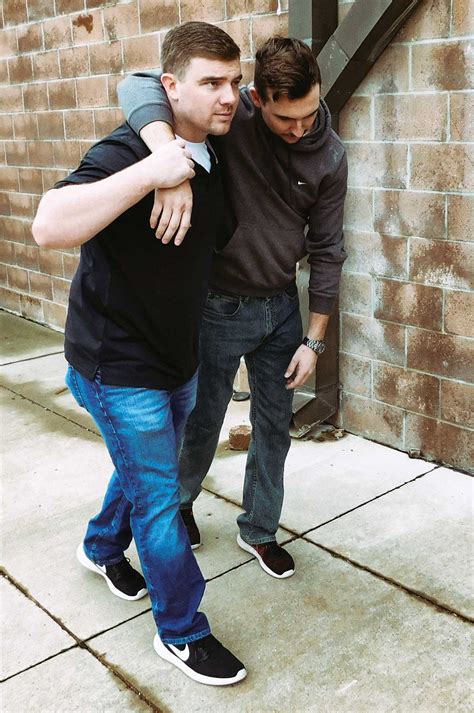Ewolf20
 Minstrel
Minstrel
As a writer, Sometimes i might sturggle to find the words to something cause although i know what it looks right, it's not easy to jot down words that visualizes it clearly. like for example, there's this certain way a person carries someone. i know what it means but there's no word or phrase to describe it. a simple google search gave me this

but considering this might take a paragraph to describe the image, i refrain from it.
but considering this might take a paragraph to describe the image, i refrain from it.

 Myth Weaver
Myth Weaver
 Auror
Auror Scribe
Scribe Inkling
Inkling